An edited version of this story by our co-founder and photography mentor Shreeram MV was published in the online magazine Travel Jingles earlier this month.
After an arduous journey through the temperamental Drake Passage, the first icebergs are a huge sign of relief. Antarctica is now within reach. The towering cliffs of the South Shetland islands soon come into view. And all over the islands are the two things Antarctica is synonymous with – Ice and Penguins.
Penguins are the most numerous of wildlife that you’ll come across in Antarctica. And they’ve always been associated only with the Ice continent. But that’s not entirely true. In reality, only 7 of the 18 species of Penguins call Antarctica home. The other species are found on sub-Antarctic islands of New Zealand, along the coasts of South America and Southern Africa, with one species (Galapagos Penguin) found at the Equator. The Antarctic Peninsula is home to the 3 species of brush-tailed Penguins – Gentoo, Adelie and Chinstrap.
Nests with a view
In summer, the penguin activity around the Antarctic Peninsula is a sight to behold. Wherever you look there’s a Penguin in your view – on the beaches, walking through the snow, on the rocks, in the water, on the icebergs and, at times, even on sleeping whales!
The activity peaks in the warmer summer months as the penguins come here to nest. In some places, tens of thousands of penguins congregate to build their nests. It is a race against time. As snowfall reduces and temperatures become warmer, the penguins only have a short window of around 3-4 months to raise the next generation.
Dry ground is prime real estate here. The early penguin rookeries are typically at the highest points in the area. That’s where the snow would’ve melted first. These enterprising penguins get the nests with a view.
Nests are made of stones collected around the islands. The parents laboriously collect stones from around the area to pile them into a comfortable nest for their young ones. And stones are very valuable in penguin currency. When the parents are not alert, a third penguin will sneak away with stones from their nest! And you thought penguins looked innocent and cute.
Penguin Highways
A nest at the top-most point on the island has its advantages. But that also presents a challenge of wading through snow every time they go fishing. This is where collaboration comes handy. All the penguins will follow a few trails only, creating penguin highways. It’s quite a sight to watch penguins walking clumsily in a straight line.
Fishing in dangerous waters
Fishing in the Antarctic waters is a daily activity for the penguins. But, danger lurks in the waters! No, there are no Polar Bears in Antarctica (they are found exclusively in the Arctic). But predators more powerful are found here – Leopard Seals and Orcas (Killer Whales). So the penguin evaluates every step it takes into water, backing off if it sees as much as a suspicious shadow. Only when it is convinced does it take the plunge.
Diving into water is one matter. Coming out is another. On beaches, they simply walk out of the water. and dry themselves. It is quite the sight, though, when the penguins have to come out onto a steep embankment. They shoot right out of the water, landing with utmost precision on land or ice that is sometimes over a metre above the water.
The tens of thousands of Penguins make the trip to Antarctica even more memorable. With so many penguins, there is so much activity around. Every time you land at a different place, you have to just sit and watch for the patterns to start emerging. Time just flies by here and before you even realize it, it’s time to bid goodbye to the ice continent.
Join us on a Photography tour to Antarctica. Travel with us on a small luxurious ship to experience the unique continent and photograph the wonders at the end of the world!

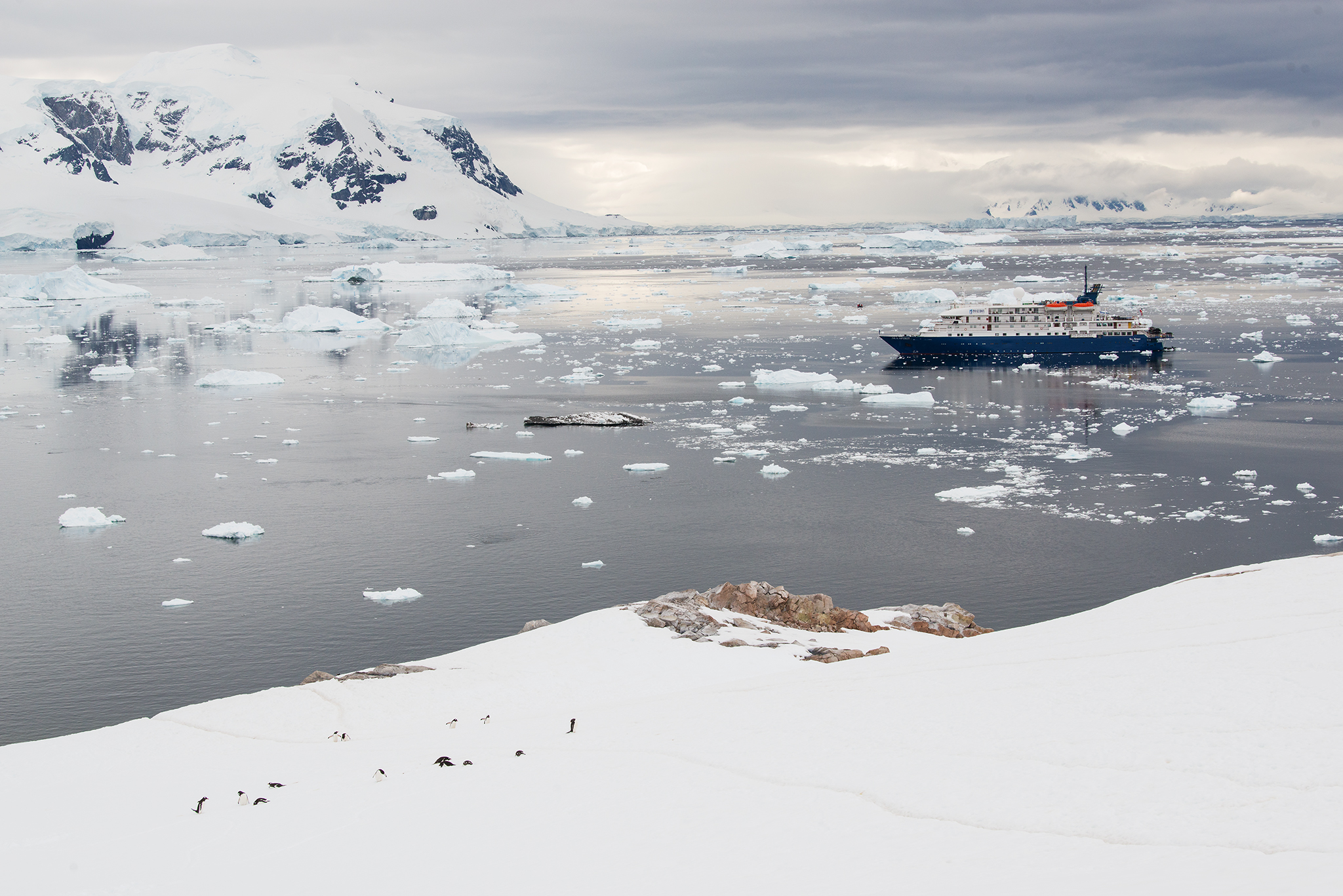
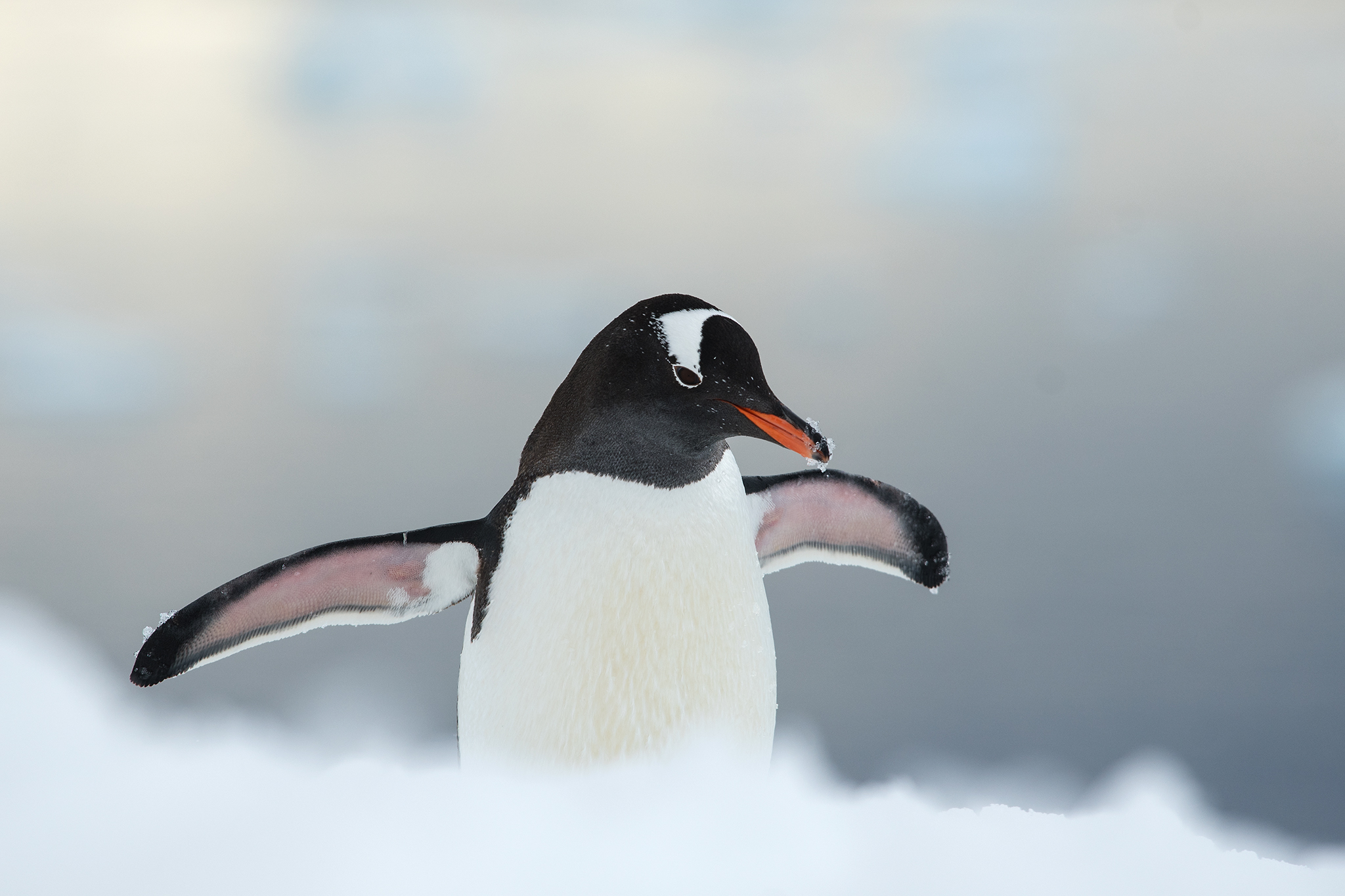
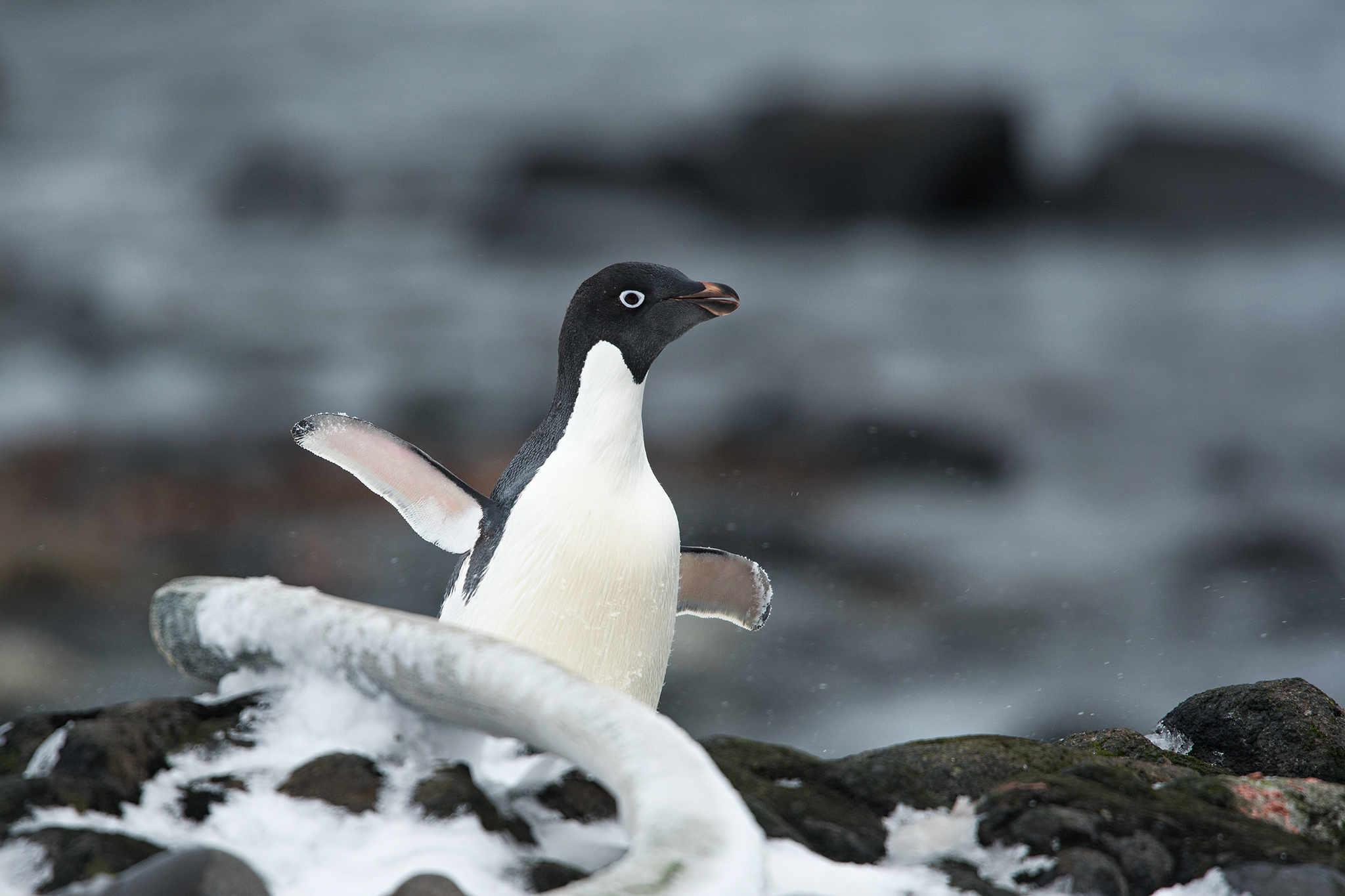
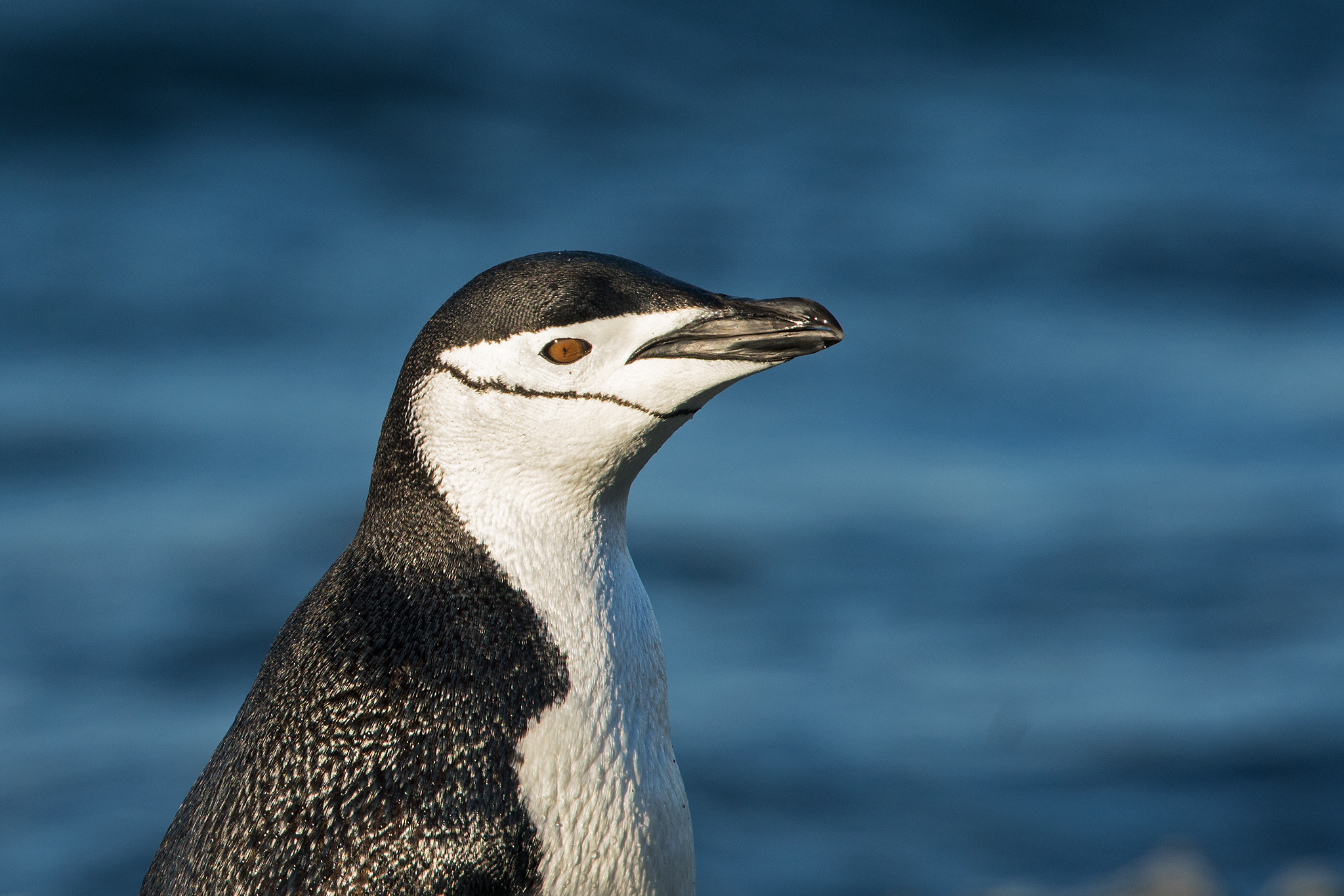
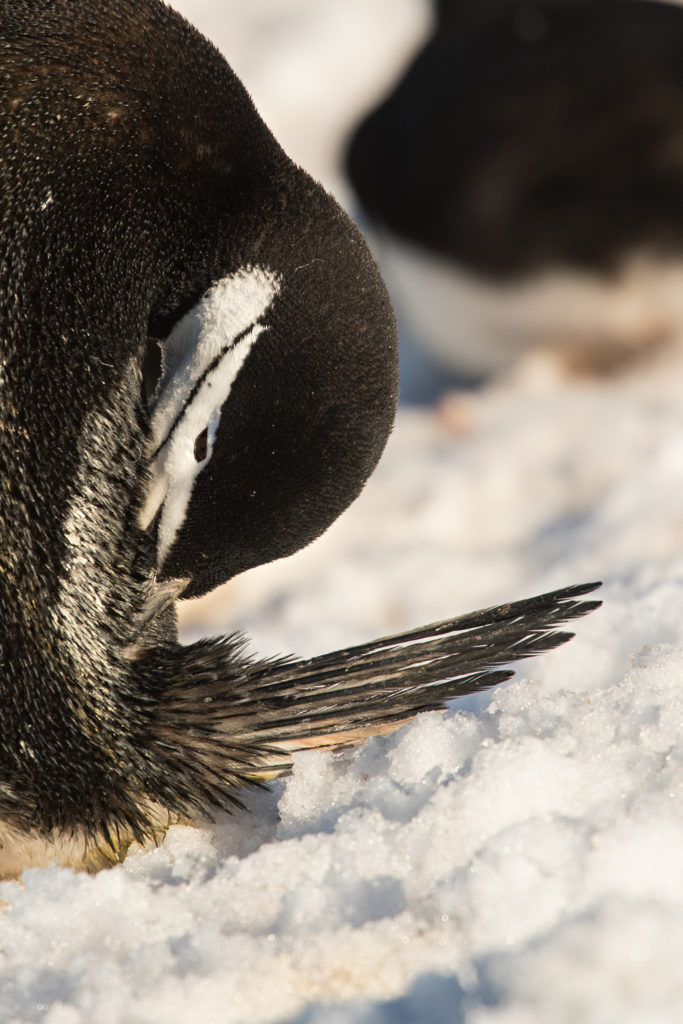
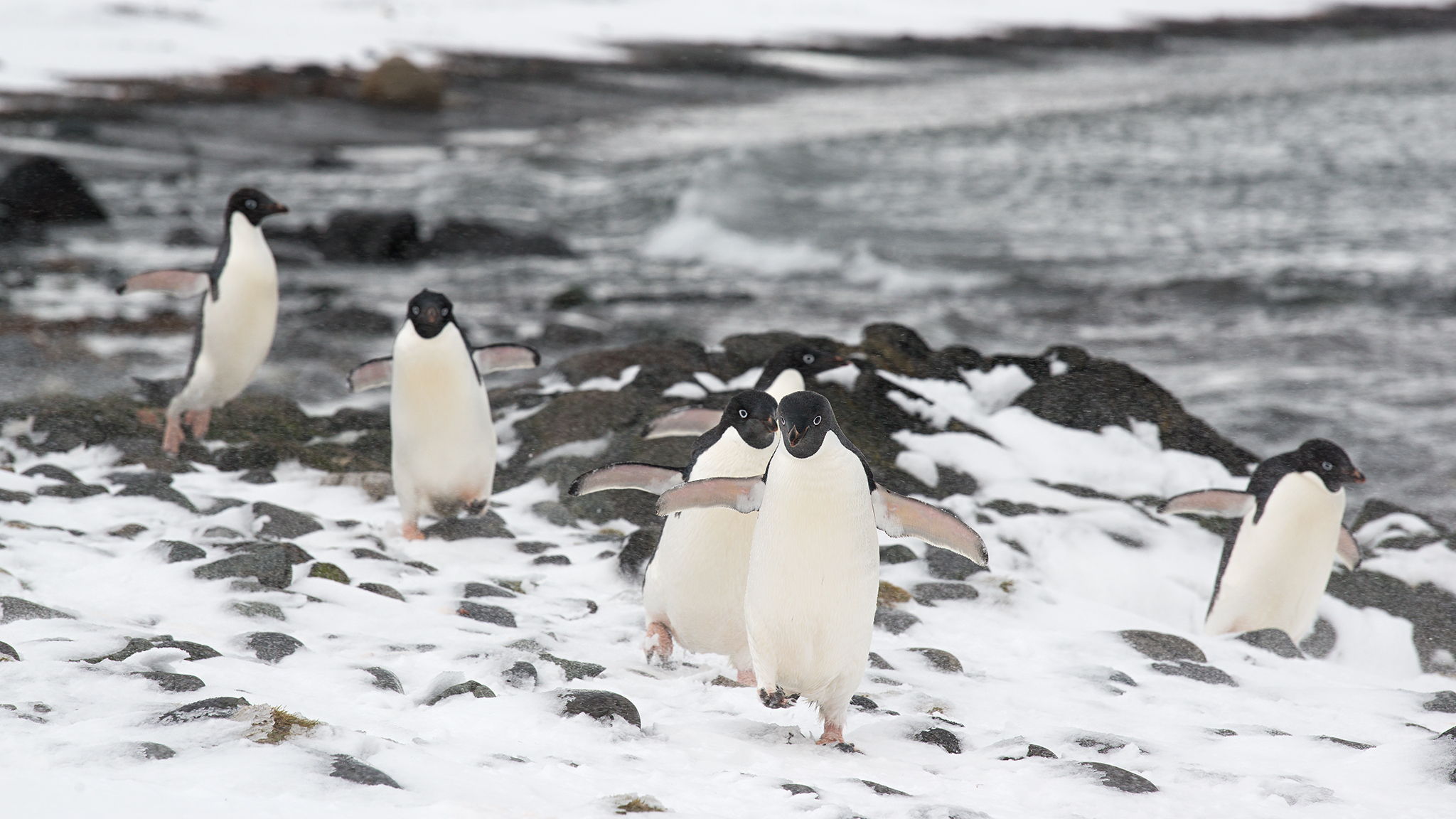
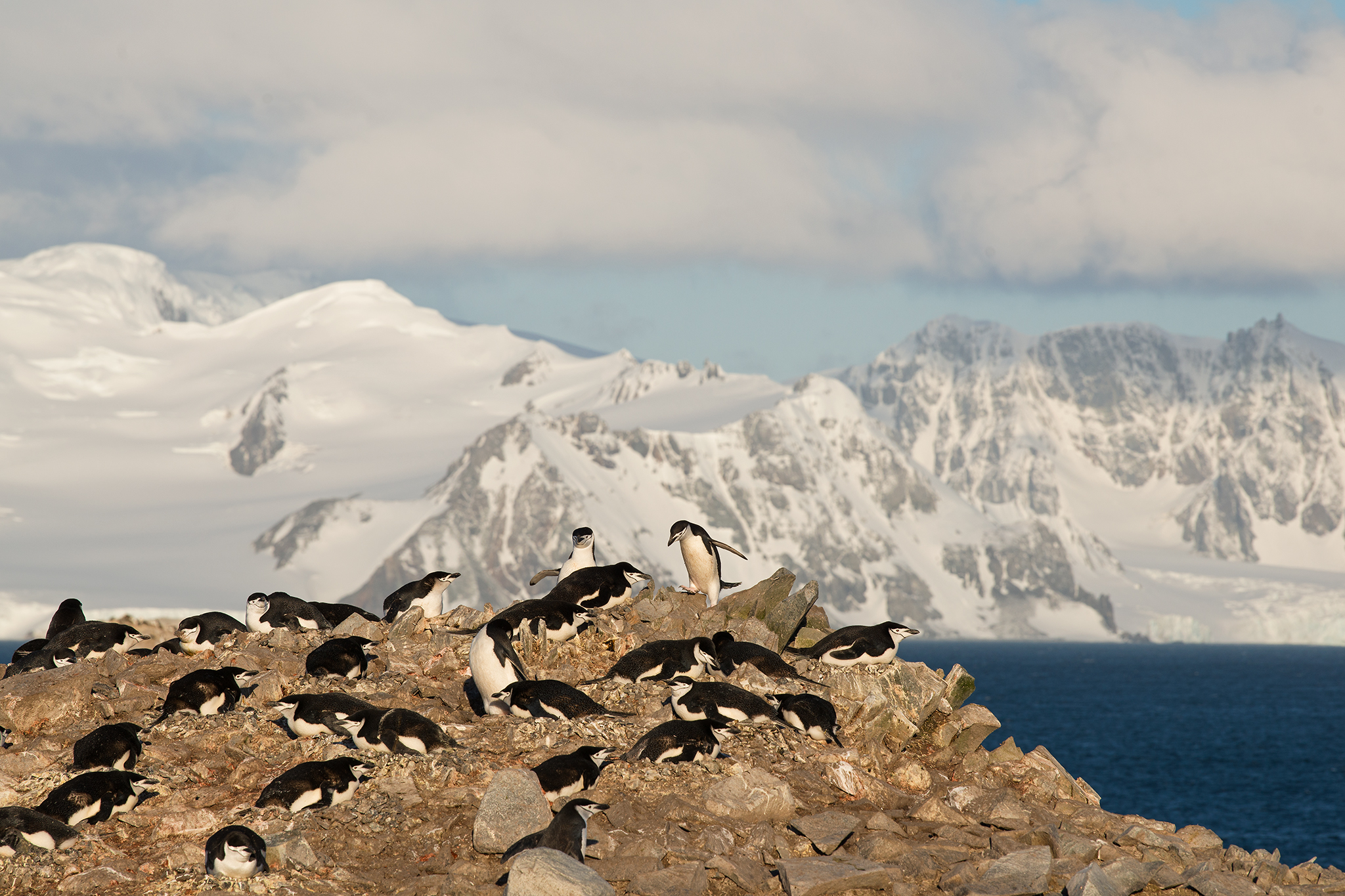
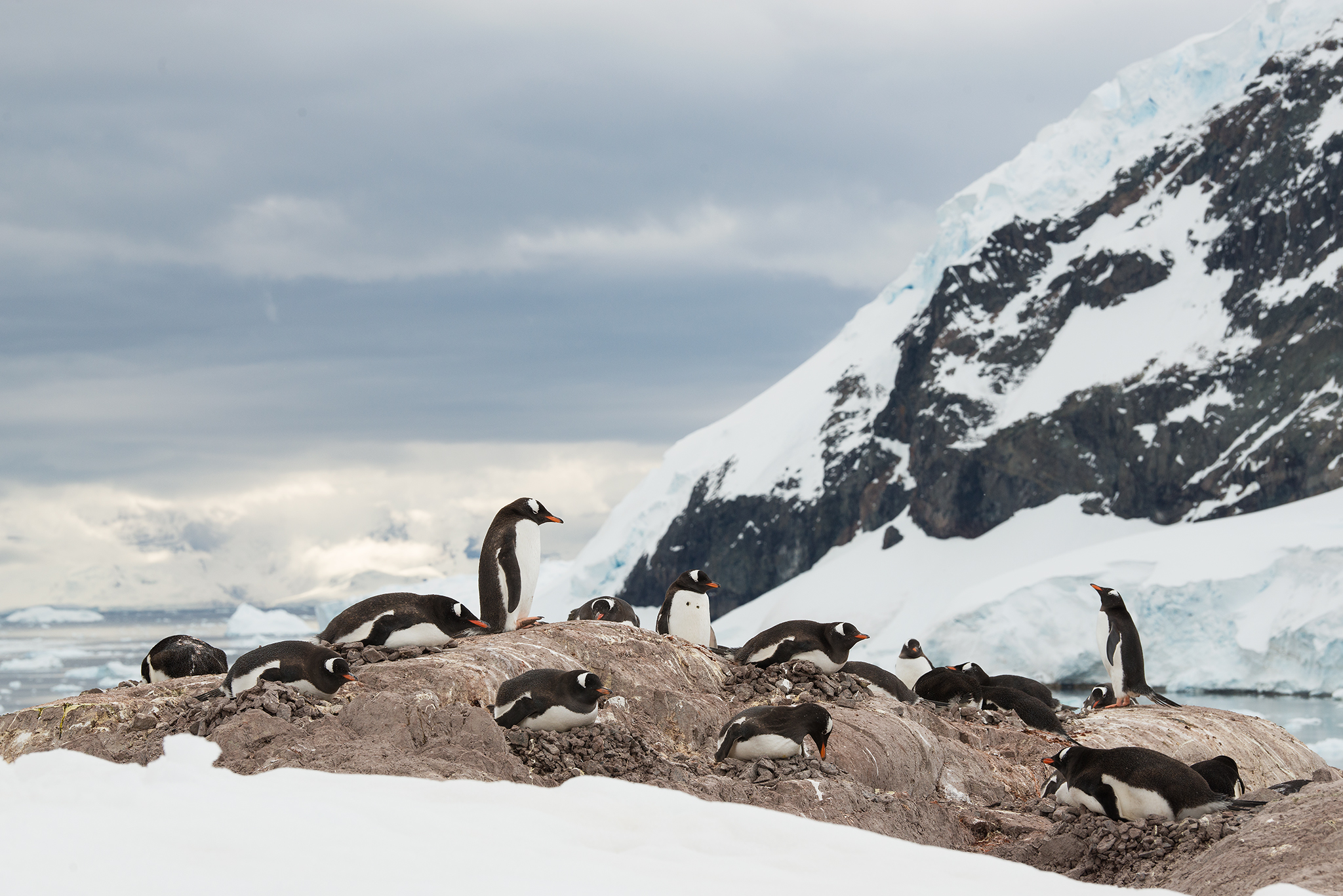
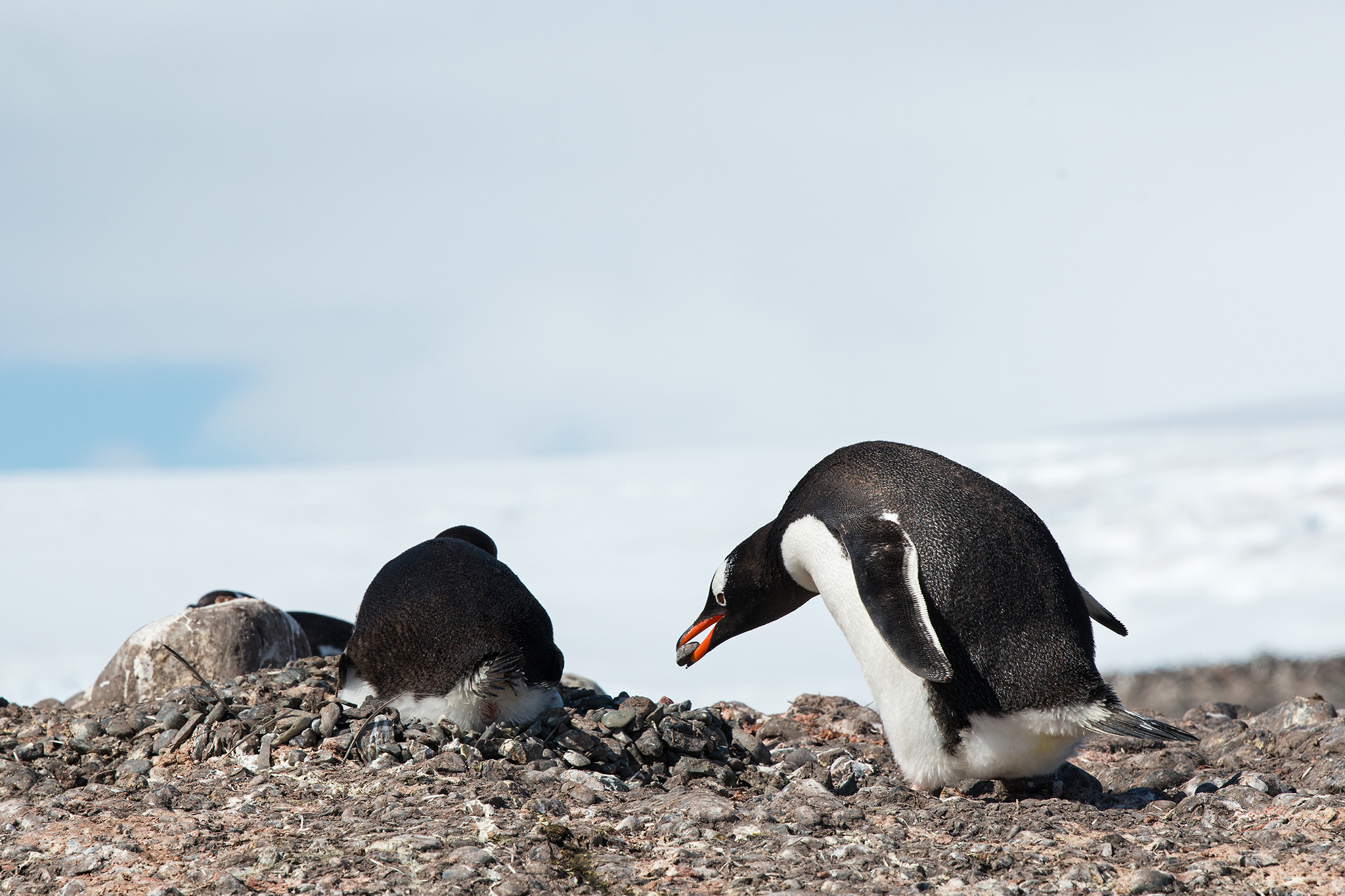

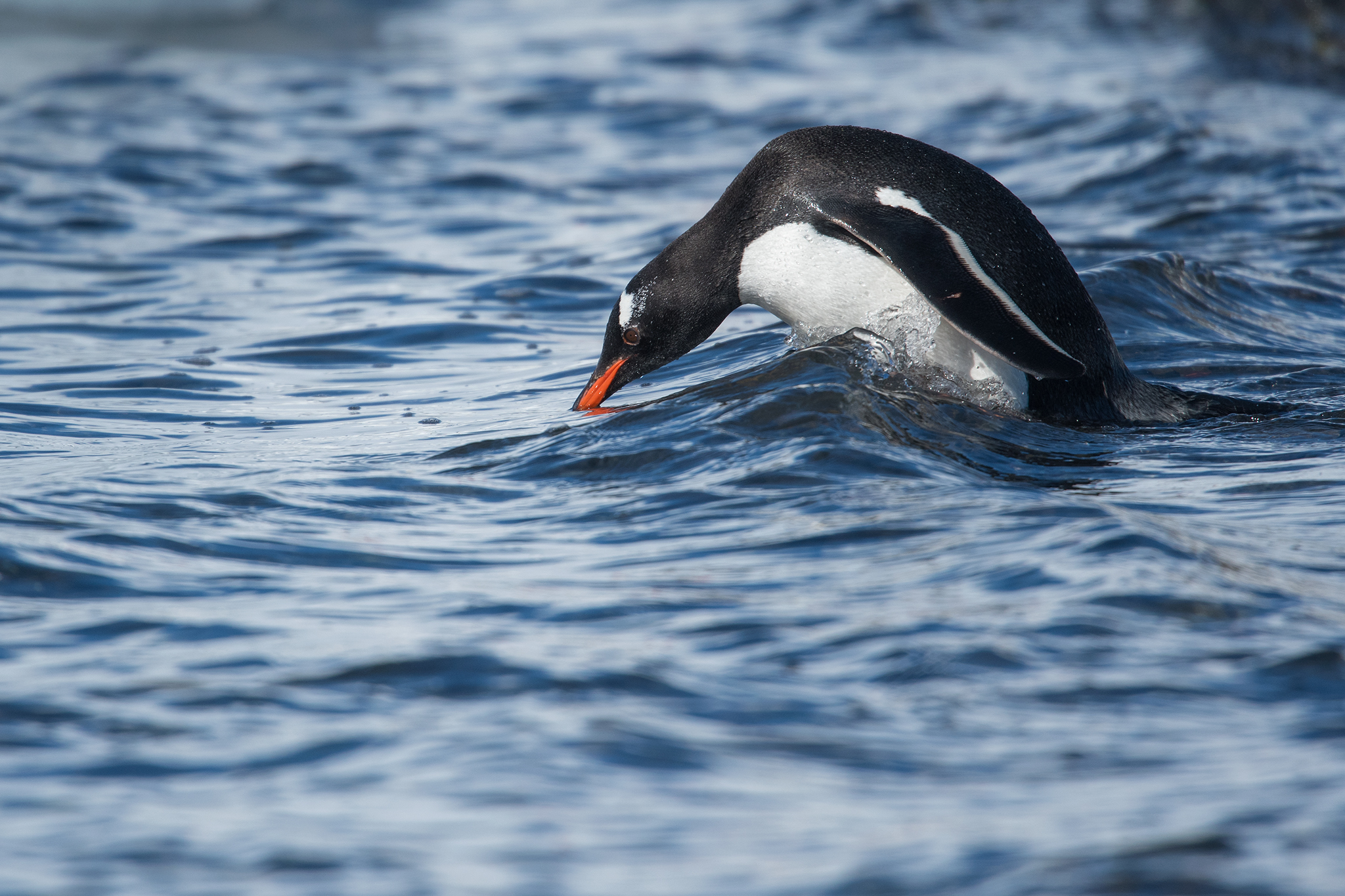
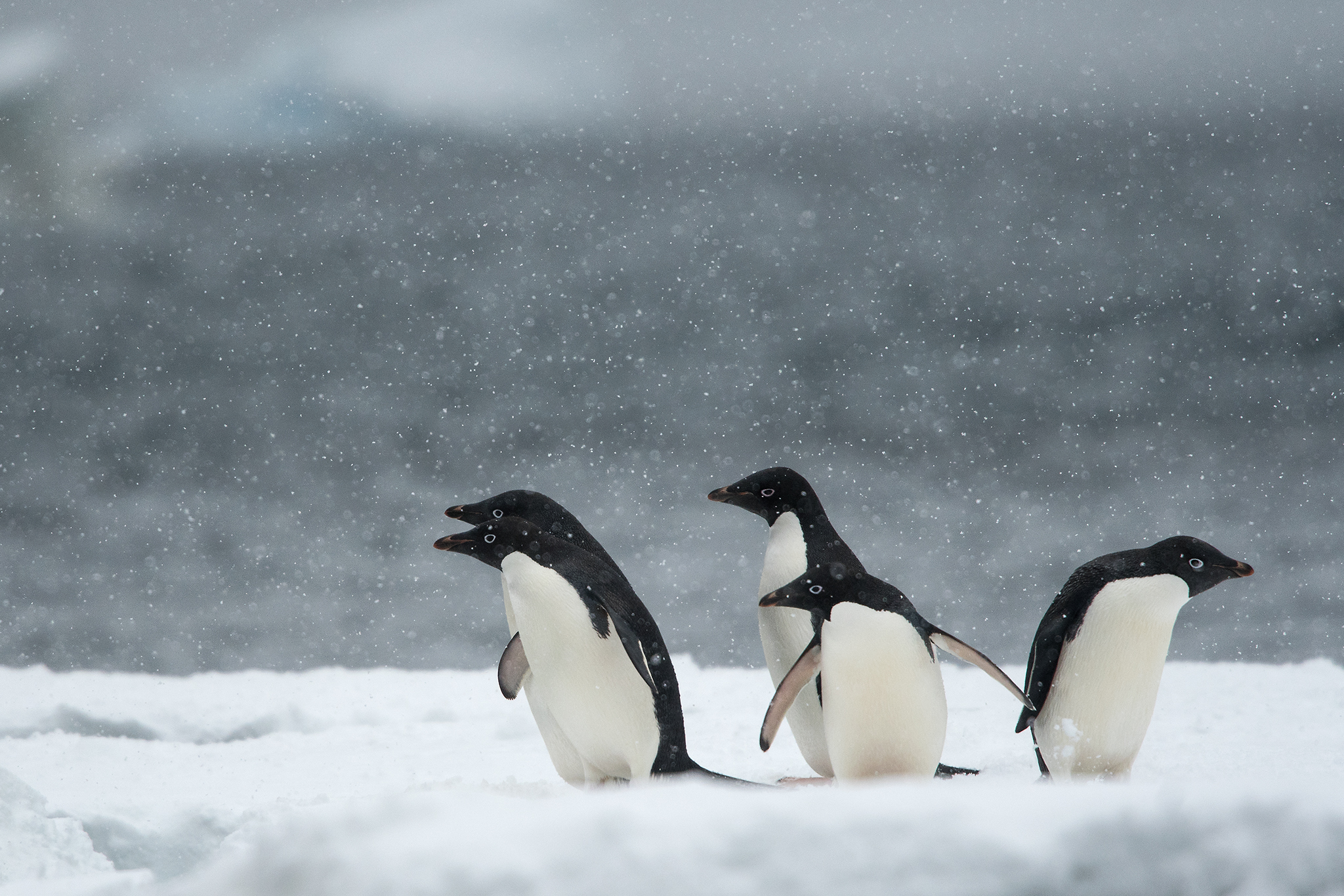
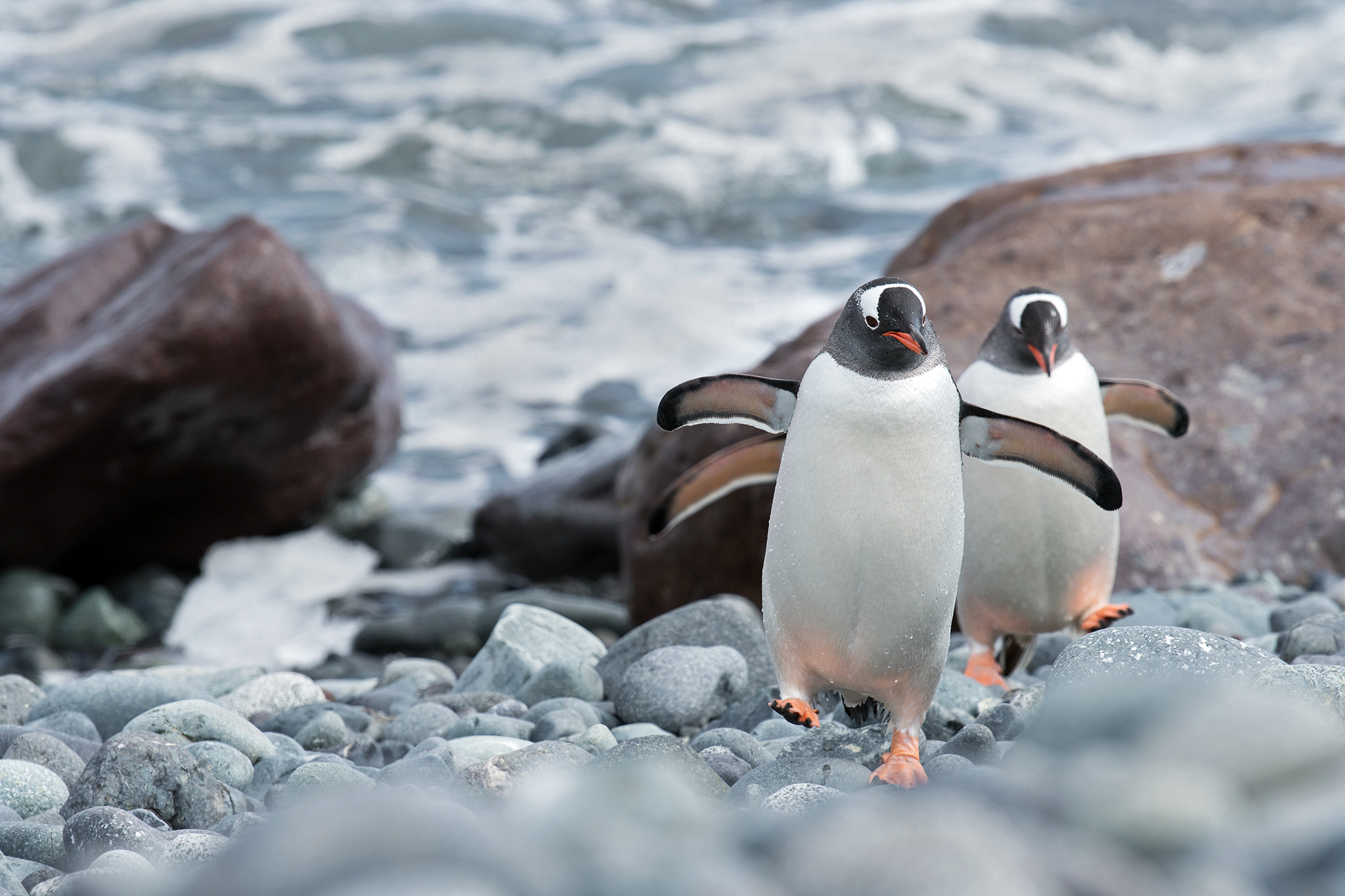
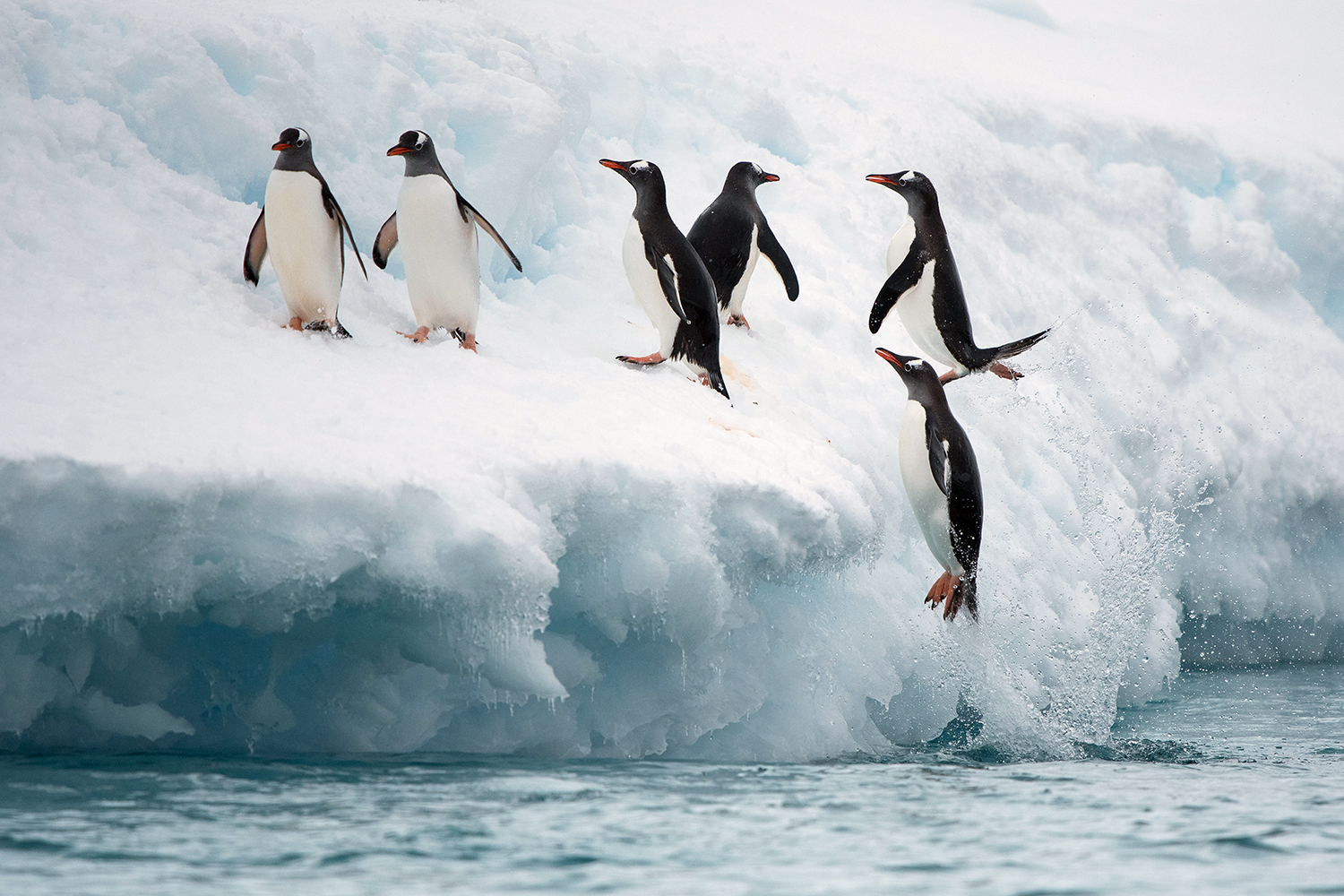

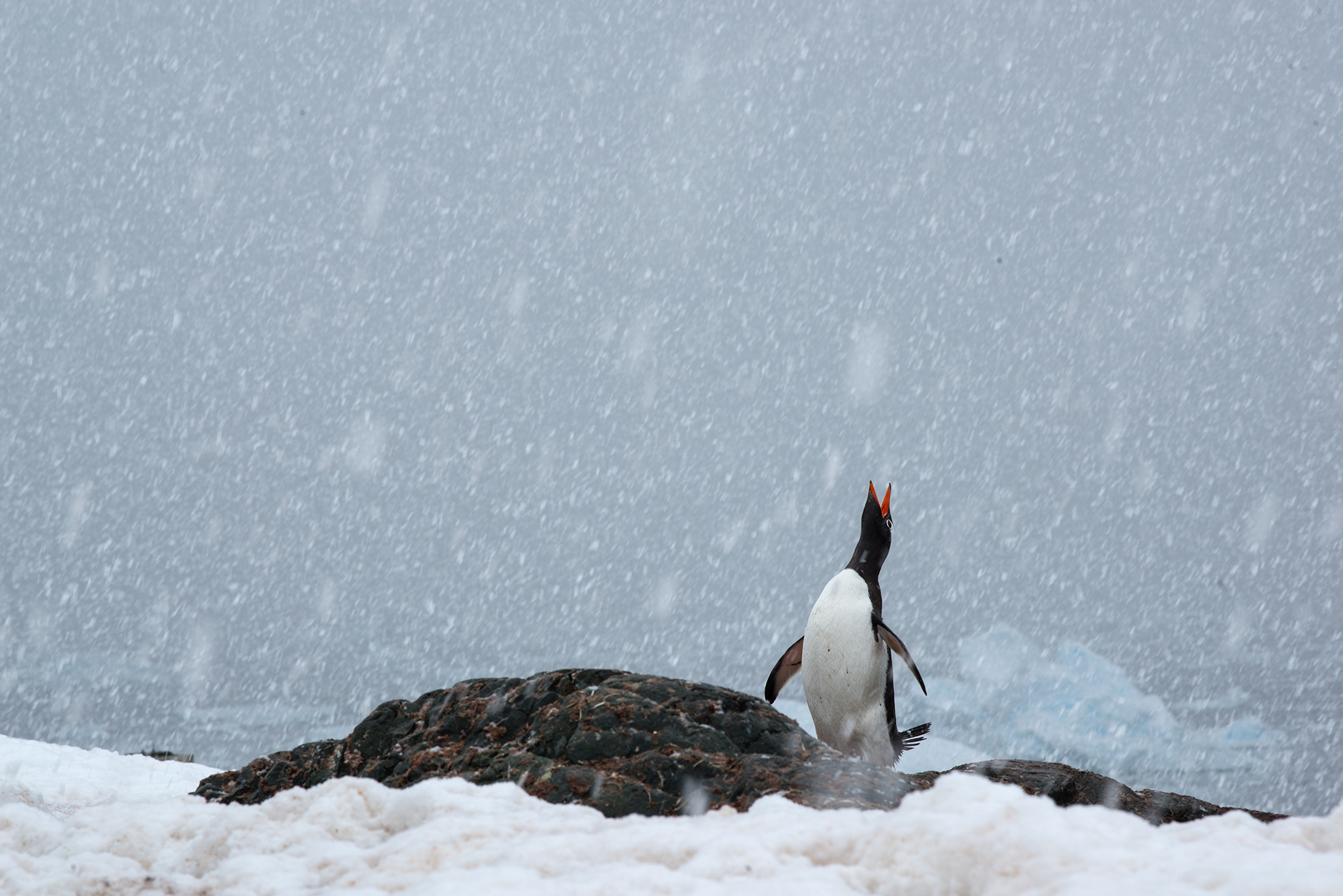
One Comment